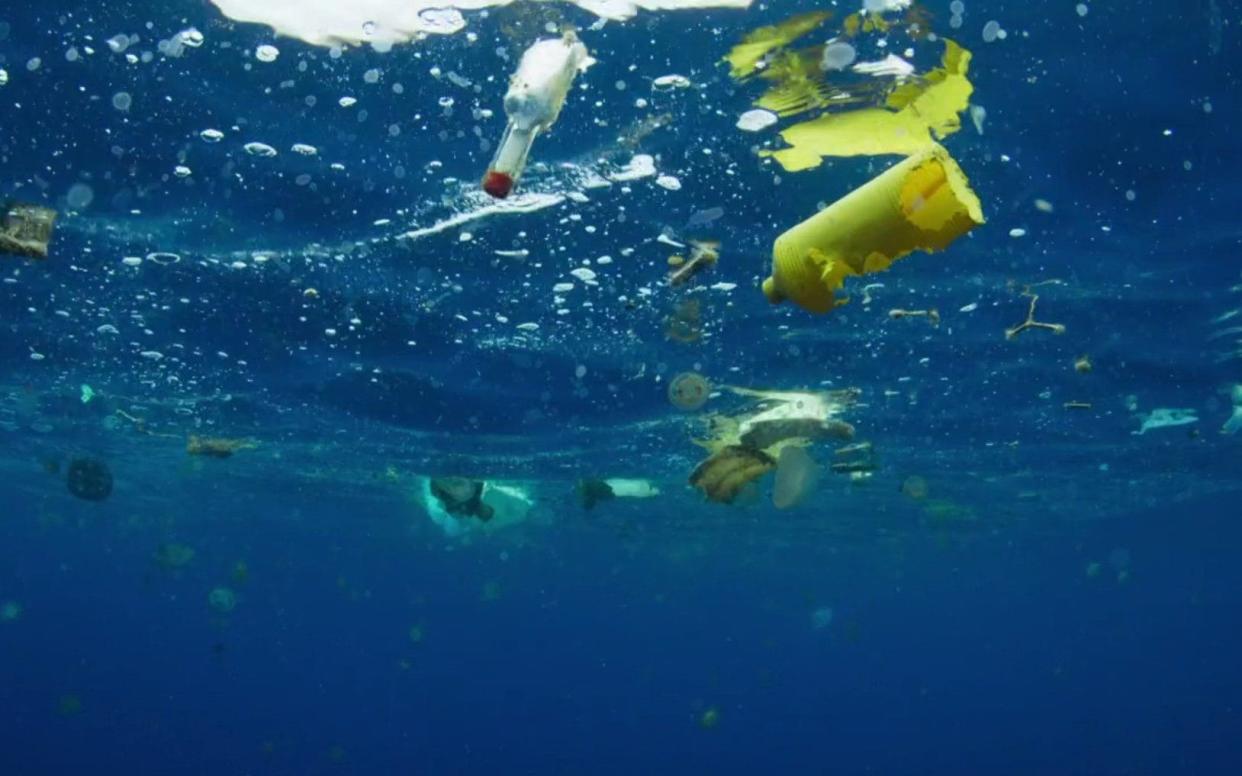Parts of the ocean have seven times more plastic than fish, study finds

Parts of the ocean have seven times more plastic than fish, a study has found.
New research on larval fish, which are young members of the species, has found that they are growing up around and ingesting plastic.
The affected fish includes a range of fish species from different ocean habitats. Scientists studied them as they fed on the water's surface.
The study, by the National Oceanic and Atmospheric Administration (NOAA) and an international team of scientists, including Bangor University in the UK, found that in some cases there were seven times more plastics than there were larval fish.
Scientists found there were far more larval fish in surface slicks, which are naturally occurring, ribbon-like, smooth water features at the ocean surface, than in other parts of the ocean.
It is thought they are a popular location for baby fish as they attract build-ups of plankton, which is an important food resource as they grow.
However, these slicks are also a place where floating ocean plastic aggregates, the researchers found.
Dr. Jonathan Whitney, a marine ecologist for NOAA and co-lead of the study, said: "We were shocked to find that so many of our samples were dominated by plastics."
Plastic densities in these surface slicks off Hawai'i were, on average, 8 times higher than the plastic densities recently found in the Great Pacific Garbage Patch. After 100 net tows, they found that plastics were 126 times more concentrated in surface slicks than in surface water just a couple hundred yards away. Inside the slicks there were seven times more plastics than there were larval fish.
The majority of the plastics found in surface slicks were very small (less than 1 mm). Larval fish prefer their prey this size. After dissecting hundreds of larval fish, the researchers discovered that many fish species ingested plastic particles.
"We found tiny plastic pieces in the stomachs of commercially targeted pelagic species, including swordfish and mahi-mahi, as well as in coral reef species like triggerfish," Dr. Whitney added.

 Yahoo News
Yahoo News 
